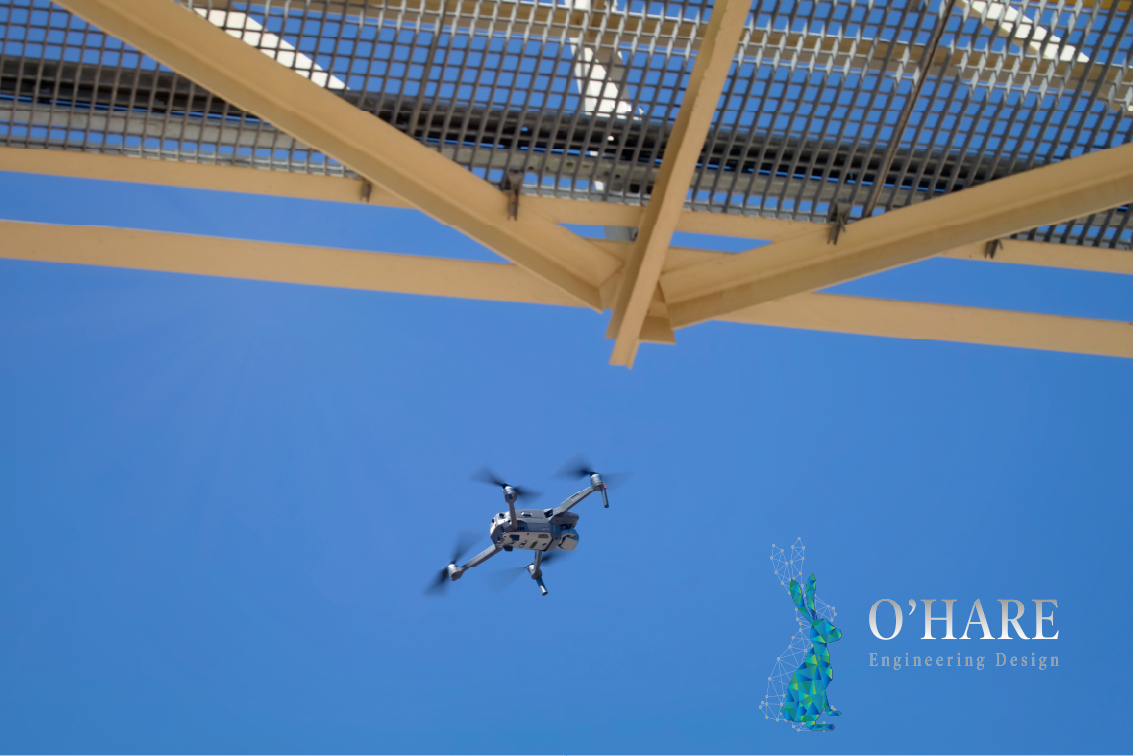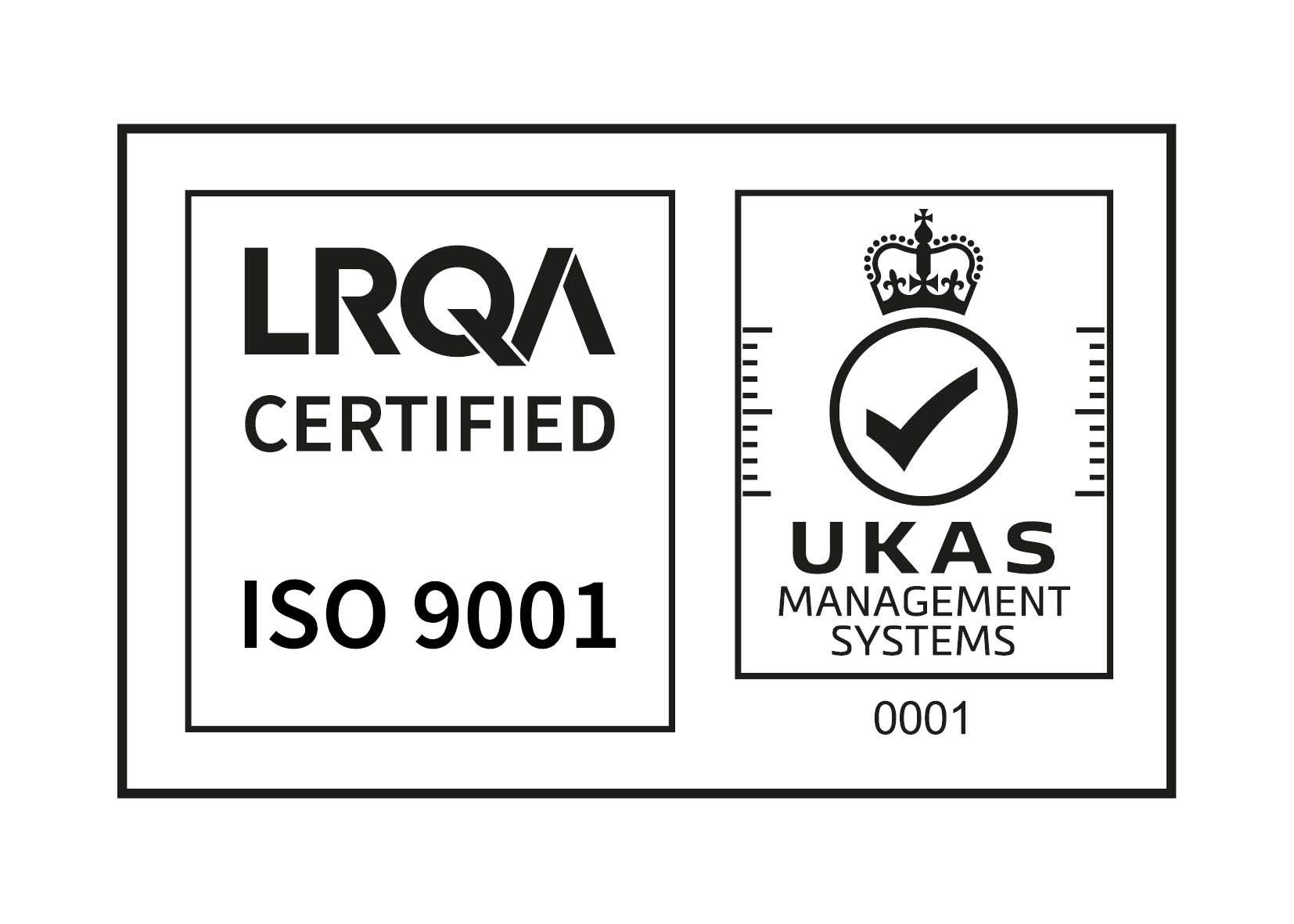HOW USEFUL IS AERIAL LASER SCANNING IN CHEMICAL PLANT SURVEYING?

HOW USEFUL IS AERIAL LASER SCANNING IN CHEMICAL PLANT SURVEYING?
Date: 17th August 2023
In the world of site surveying, the evolution of technology has given rise to innovative methods that redefine precision and efficiency. While handheld and tripod-mounted scanners have long been the norm, recent advances in technology have seen aerial drones and vehicle-mounted scanners altering landscapes across industries, particularly construction.
So, this beckons the question: Do aerial and vehicle-mounted scanners have a place in modern surveying of complex confines of chemical plants?
While aerial scanning may have some very niche applications on site, like surveying external aspects that stretch vast distances such as pipework connections between sites, the risks it poses on site still currently outweigh the benefits.
What are the on site limitations of drone and vehicle mounted scanners?
When undertaking a large scale site surveying project, the allure of drone and vehicle mounted scanners is undeniable. However, their adoption within industrial sites introduces a host of practical challenges that warrant careful examination.
Added complexity and limited range
Whether you’re using a drone or vehicle mounted device, you need to be able to move the scanner to specific and sometimes difficult to reach locations. In order to do this you can either have one person controlling the vehicle with a remote control, or you can have an autonomous system. This is usually carried out using GPS so that the scanner knows where it is within the environment. Both of these complex processes are made even more complicated when you’re working indoors because of the absence of GPS which means that landmarks or bespoke coordinate systems must be produced to piece together the scan images in the post processing phase of a project. These vehicles also have limited range as they must maintain a constant and stable connection with a control device which can limit the size of the site you’re able to cover autonomously.
Increased risk and regulatory compliance
Whenever you’re using a laser scanning device, there is always the risk of damaging the equipment. But the use of drone and vehicle mounted scanners introduce additional physical risks such as collisions, crashes, and navigational complexities within three-dimensional spaces. Beyond the immediate risk of physical collisions, these airborne platforms pose additional hazards that merit careful consideration. Chemical plants often contain volatile substances, and the dynamic movement of drones and vehicles can disturb these materials, potentially dispersing harmful fumes across the facility. The batteries powering these systems also create a potential threat on site. While modern battery technologies have made significant strides in safety, the dynamic and potentially turbulent flight of aerial platforms can increase the likelihood of mechanical stress or impact-induced incidents, potentially leading to sparks or even fires on chemical plants.
Chemical plants are also subject to strict regulations and safety protocols. Introducing drones into these environments might require extensive regulatory approvals and compliance measures, which can be time-consuming and complex.
Data quality and resolution
While drones offer a dynamic vantage point and the capability to capture larger areas in less time than standard methods, they often fall short in meeting the exacting demands of surveying tasks within chemical plants that require detailed images of specific areas.
The accuracy and resolution of data collected by drones can be influenced by several factors. Flight altitude, speed, and sensor specifications all play a key role in determining the level of detail and precision achievable. Chemical plant surveying often requires highly detailed and precise data, especially when assessing intricate pipework networks, equipment installations, or structural integrity. However, the limitations of drone-mounted sensors, including payload constraints and sensor technology, can result in data that doesn't meet requirements.
As technologies like drone and vehicle mounted laser scanning equipment develops, it can be tempting to be swept up in all the hype it generates. But within the promises of emerging technologies often come intricate challenges for chemical plants. Niche applications hint at its potential, but current risks, from technical complexities to safety concerns, present challenges that must be considered. Balancing innovation with practicality within chemical plants requires a meticulous evaluation. If you’re not sure what the best approach to your surveying project is, get in touch with us today to explore your options.



We are a highly skilled design and project engineering consultancy, based in the North-West, with more than 20 years experience.

All Rights Reserved | O'Hare Engineering Design LTD. O'Hare Engineering Design LTD is a company limited by guarantee. Registered in England No. 10820380
